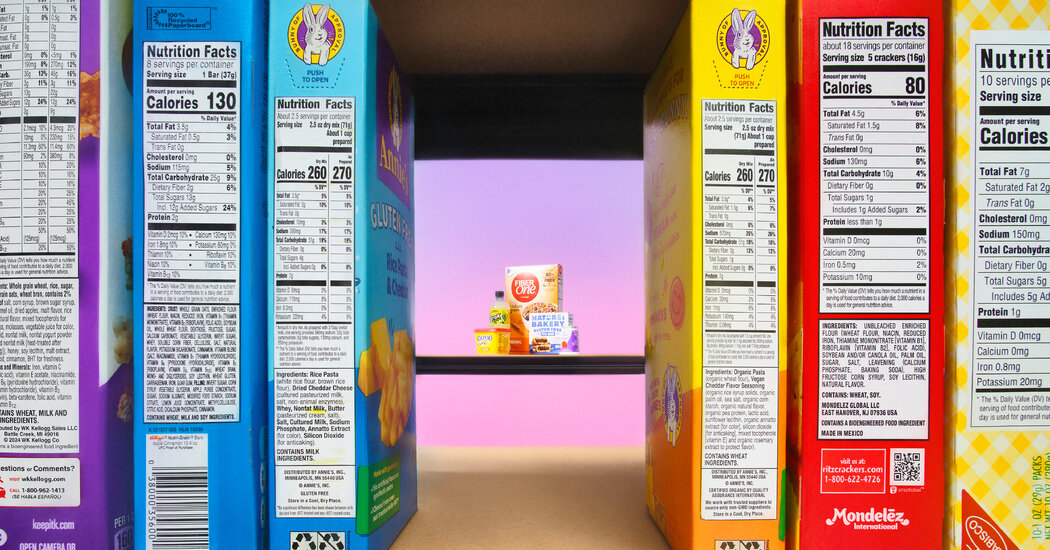When we started brainstorming the topic for our annual challenge, we reached a consensus pretty quickly that it should be about ultraprocessed foods.
In the last five years, there has been an explosion of scientific research on ultraprocessed foods and their links to certain health problems.
Now many of us are looking at what we eat through a new lens: We’re not just paying attention to the nutrients in our food; we’re also looking for clues to tell whether a food was processed — and if so, how much.
But what, exactly, should we look for? And how can we make sense of lengthy ingredients lists?
Today, we’ll play a game to explore your buying habits — but first, let’s review some basics.
What are ultraprocessed foods?
Ultraprocessed foods, or UPFs, are commonly defined as products you couldn’t typically make in your own kitchen. They contain ingredients like high fructose corn syrup, hydrogenated oils, protein isolates, emulsifiers and artificial flavors, colors and sweeteners. Think chicken nuggets, hot dogs, flavored yogurts, sodas and many breakfast cereals, packaged breads and snack foods.
